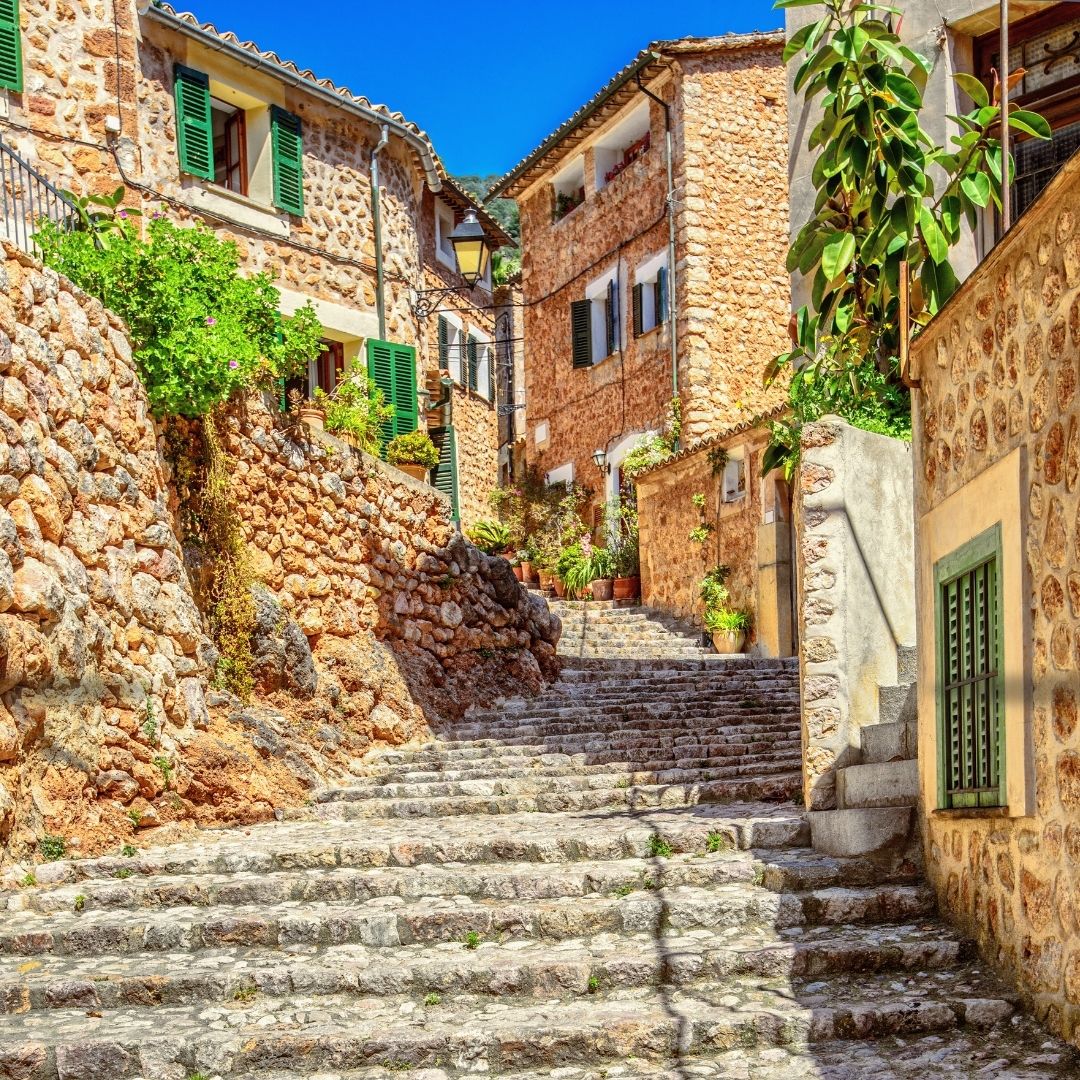The opening of the section between Estellencs and the Coll d’Estellencs of the Dry-stone Route (GR-221) has been inaugurated with a new popular walk.
TDB keeps you informed. Follow us on Facebook, Twitter and Instagram.
Popular walk
Around forty hikers took part in the excursion, which ran from Estellencs to Puigpunyent, covering a distance of 8.5 km and lasting approximately 4 hours. The itinerary, which is part of the Estellencs variant C in Calvià of the Ruta de Piedra en Seco (Dry Stone Route), is indicated with 68 signs. The popular walk was also attended by the Puigpunyent councillor for Urbanism, Planning, Public Works and Mobility, Miquel J. Estrades, and the Estellencs councillor for Tourism, Commerce and Youth, Bernat Isern.
For centuries the Royal Road from Estellencs to Puigpunyent was, and still is, the only direct communication route between the two villages, which were administratively united until the 19th century. One section became a cart track, and others were affected by landslides and the construction of forest tracks to create an electricity line. Even so, some sections are still preserved with their original margins and cobblestones.
Elements of interest
During the excursion, several stops have been made to explain the richness of the landscape and architectural elements that can be found between Estellencs and Puigpunyent. On this 8.5 km route, elements such as the washing machines of Estellencs, the houses of Son Fortuny, Son Fortesa, the base of the cross of s’Ermità, the fountain of s’Abelló, the torrent Mayor and the old bridle path could be observed.
Es Molí: Shortly before leaving the Son Fortuny estate, on the other side of the stream, two structures can be glimpsed that used the flow of water from the s’Ull de s’Aigua spring to grind grain. The age of the complex is unknown, but on the lower mill, there is a bas-relief with the date 1632.
Son Fortuny: This estate was once the largest in the municipality of Estellencs, until 1981 when it was divided and the Consell de Mallorca bought part of it, although the road runs through the private property. It was mainly used for growing olives, although it also had large areas of orchards and woodland. It stands out for its farmhouse, with sober architecture, with an interior courtyard accessed through a main or “foreign” doorway, and it has an olive-oil mill, a wine cellar, a chapel and a square defence tower located at the southern end.
Sa Teulera: A small building that was used for the production of roof tiles, consisting of an adobe oven, a living and storage area, a stable and a ditch that carried water from the Muntanya spring, which was necessary to make the tiles. It operated between the 18th and 19th centuries, and after a period of abandonment, it was reopened in 1936, to close definitively in 1947.
Son Fortesa: Possession of Arab origin, known by the name of “Talesa”, which was taken from one of the first known owners, and which in 1466 passed into the hands of Maties sa Fortesa. Its houses, with an oil mill and chapel, are organised around an interior courtyard with a rectangular floor plan, with an appearance that mainly reflects the reformation carried out during the first half of the 17th century.
Further information:
https://caminsdepedra.conselldemallorca.cat/-/variant-c-calvia
